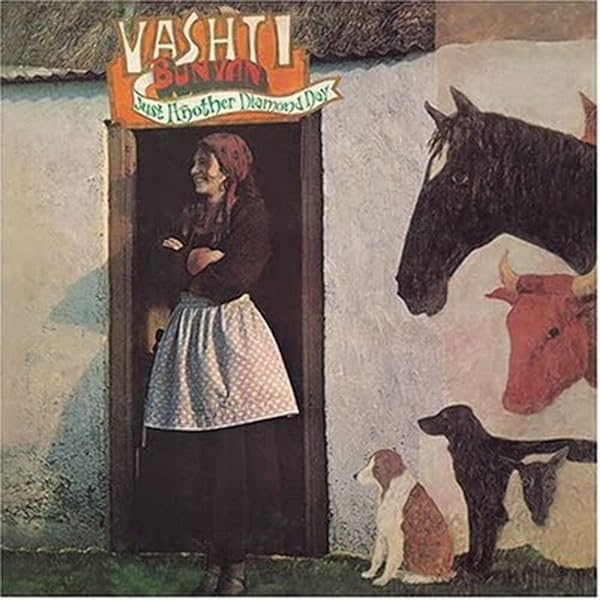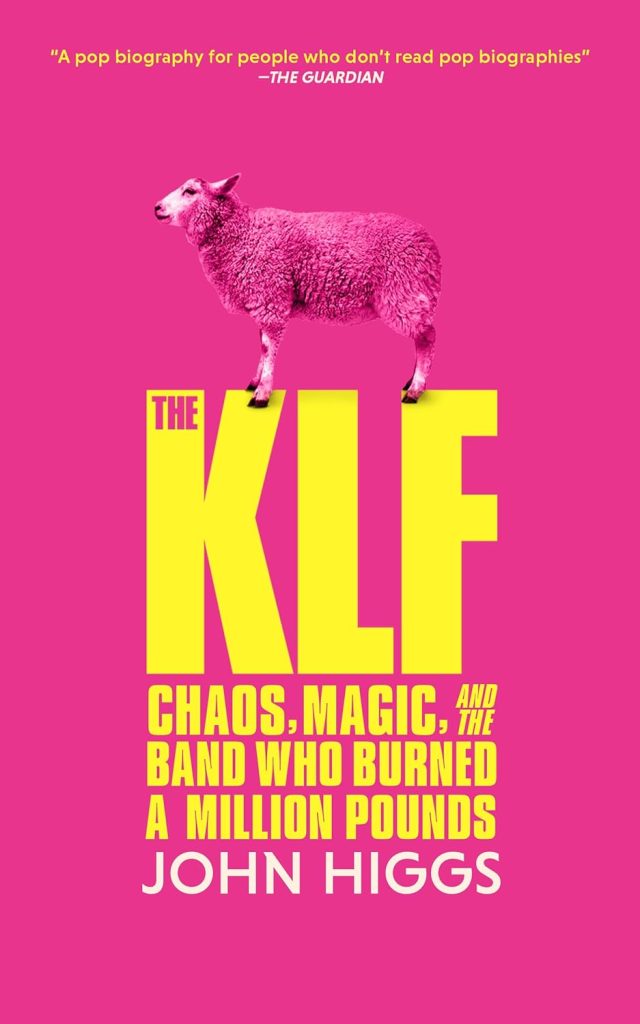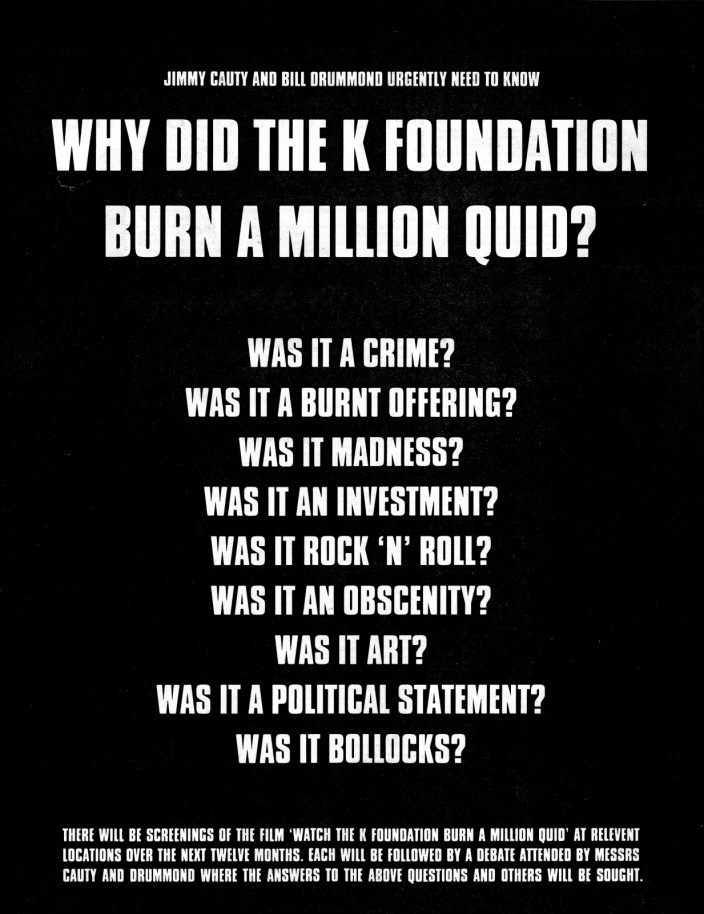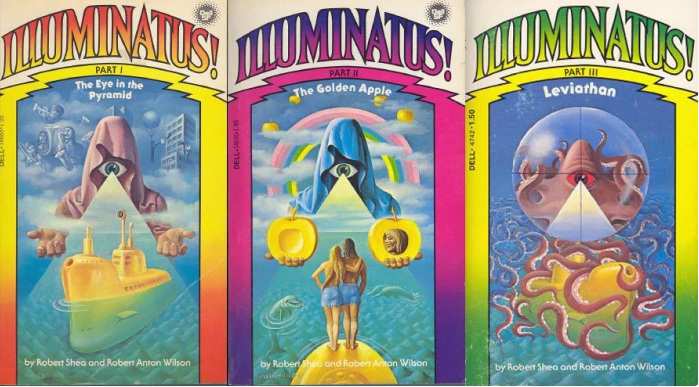Search the Blog
Categories
- Books & Reading
- Broadband Buzz
- Census
- Education & Training
- Friday Reads
- General
- Grants
- Information Resources
- Library Management
- Nebraska Center for the Book
- Nebraska Libraries on the Web
- Nebraska Memories
- Now hiring @ your library
- Preservation
- Pretty Sweet Tech
- Programming
- Public Library Boards of Trustees
- Public Relations
- Talking Book & Braille Service (TBBS)
- Technology
- Uncategorized
- What's Up Doc / Govdocs
- Youth Services
Archives
Subscribe
Author Archives: Jo Mezger
Friday Reads: “Wayward: Just Another Life to Live” by Vashti Bunyan
Wintertime blues call for warm and rich imagery. Might I recommend folk singer Vashti Bunyan?
Her voice sounds like what she sings about. Picturesque, coy nature. Thoughtful existence. Simple pleasure. Longing. The backing is sparse—lilting fiddle or guitar cradles her melody. Her lone voice set against only one or two other instruments suits her wander-wondering lyrics.
Her memoir, Wayward: Just Another Life to Live, published in 2022, tells the decades-long story of her 1970 debut album, Just Another Diamond Day and includes lyrics, photographs, and illustrations.
This book transformed her song lyrics for me; what before were simply sweet image-poems became, in prose, clear-eyed stories of homelessness. The context adds dimension to her music and shows the strength in her seemingly childlike outlook.
“Timothy Grub” was one of the earliest songs she wrote and it encapsulates in its verses both her journey and her dreamy perspective.
Maurice Snail and Timothy Grub
Swanney and Blue and Emily Grub
Decided one day to go into the wood
And build them a house and live there if they could
And they stayed there a while in the trees and the rain
Till one day two blue men said “you’re all insane”
And to please not come here again
Bunyan had gone to live with a friend and his dog, Swanney, her boyfriend at the time, and her dog, Blue, at a makeshift campsite until cops made them leave the area.
They had a green car called Happiness Runs
Friday comes and Happiness Runs
Out of petrol and everyone gets out to push
And suddenly see through a gap in the bush
A real caravan just like the one in their dreams
The gypsy doesn’t want it for nowadays it seems
His home stays in one place and gleams
They began traveling and sleeping in their car. They would work odd jobs to make enough money to eat and keep moving. In one town, they found an old wagon. They worked out a deal and replaced their ride with an old-fashioned horse and buggy.
He told them that he had a horse down the lane
Saturday morning they went back again
He showed them a shed that was built out of tin
He opened the door and they all peered within
And there lying in straw was a horse black as night
With a star on her forehead and eyes full of light
And they all fell in love at first sight
When she did finally settle down, she recorded the songs she’d written during her travels but it didn’t really go anywhere. She didn’t record anything else and instead worked her farm and raised her family. The album itself, released in 1970, simmered in obscurity until the new century when it got passed around online, and noticed by a string of the right people including eclectic folk-punk band, Animal Collective.
She only learned that her music had an audience when she first got on the web, thirty odd years after recording it.
They thought and they thought about having Black Bess
Timothy planted some mustard and cress
They lived in a cupboard and made it their home
And lay there and dreamed of the days when they’d roam
Up and down all the hills of the north countryside
With the dogs eating buttercups on the wayside
And they’d wave all the cities goodbye
Now, the album has been remastered and expanded, the original is a collector’s item, and Vashti Bunyan is making new music again. I’m hoping she’ll write more books to go with it too.
Bunyan, Vashti. Wayward: Just Another Life to Live. White Rabbit. 2022.
Bunyan, Vashti. “Timothy Grub.” Just Another Diamond Day, Philips Records, 1970.
Friday Reads: The KLF: Chaos, Magic, and the Band Who Burned a Million Pounds by John Higgs
Bill Drummond and Jimmy Cauty of UK band, The KLF, reunited for 23 minutes at 00:23 on August 23, 2017 (8+2+3+2+0+1+7=23) for one final show. It had been 23 years since their last performance.
In 1995 they had written up a contract banning them from discussing their band (The KLF), their art foundation (the K Foundation), or the unbelievable act they committed the year prior, for 23 years. The contract, written on the top of a ‘68 junker named Ford Timelord, was then pushed off a cliff. By this point, they had already deleted their entire back catalogue of music.
The year before, they had taken one million pounds of cash they made from topping UK charts to a Scottish island with a single press witness who recorded the event and they burned it all up. It was even verified by their bank.
They made it a movie and screened it all over the UK. After each show, they would invite the audience to debate why they burned it all and what it meant.
The public wrote them off as assholes. Not only had they burned an insane amount that most of us will never get close to, but they couldn’t even say why they did it.
Music Historian John Higgs returns to the question in his book, The KLF: Chaos, Magic, and the Band Who Burned a Million Pounds, to place it in a new context—magic.
To explain this, Higgs repeatedly turns to Alan Moore, friend of Drummond and creator of V for Vendetta and Watchmen. Moore speaks on a version of collective unconscious that he calls Ideaspace—a vast universe of ideas, invisible, but accessible to all of us. It includes the private and public, real and unreal, known and unknown; an endless place where ideas can be entire continents. It’s an ether of creativity, emotion and, in the furthest corners, madness. It does not exist but it creates. This is the magic.
I’m paraphrasing, but Higgs clarifies the path to arrival at this point: “As everyone from magicians like Moore to the most rational scientist will tell you, magic is only in the mind. But this, of course, is also the realm of art—it’s the role of art to explore and illuminate and express this very territory” (167).
Higgs traces The KLF’s journey into outer Ideaspace, moving farther and farther away from the busy main street of regular, everyday, easily digestible ideas. The spectacles they brought out of Ideaspace reflected this: they wore horns on their heads, performed fake pagan rituals, dressed as ice cream cones on Top of the Pops, they left a dead sheep at an award show after party.
Basically, this isn’t Harry Potter.
However, there is a work of fiction referenced throughout as well. The Illuminatus! trilogy by Robert Anton Wilson and Robert Shea was a sci-fi cult classic wrapped in discordianism, a 1960s neo-religion based in chaos and postmodern uncertainty.
The KLF’s first band name, The Justified Ancients of Mu Mu, was taken straight from the trilogy, and Drummond and Cauty made many references both to the trilogy, like their use of the 23 enigma. By tracing these connections, Higgs elucidates the ideas behind their crazy persona. Crazy, but meaningful to them; as Drummond put it, “there is humor in what we do, and in the records, but I really hate it when people go on about us being ‘schemers’ and ‘scammers.’ We do all this stuff from the very depths of our soul and people make out its some sort of game. It depresses me” (147).
Perhaps the money burning marks their point of no return into their ideas. Perhaps it was an attempt to break out of their spectacle and find deeper connection. Perhaps it was a ritual. Higgs doesn’t come to a solid conclusion, fittingly, but his reframing is thoughtful and so, so fun. Grab this copy from the Polley Music library, it is updated edition that includes their 2017 reunion. Their music has started reappearing online, too, while you’re at it.
Higgs, John. The KLF: Chaos, Magic, and the Band Who Burned a Million Pounds. 2012. Blackstone Publishing, 2024.






